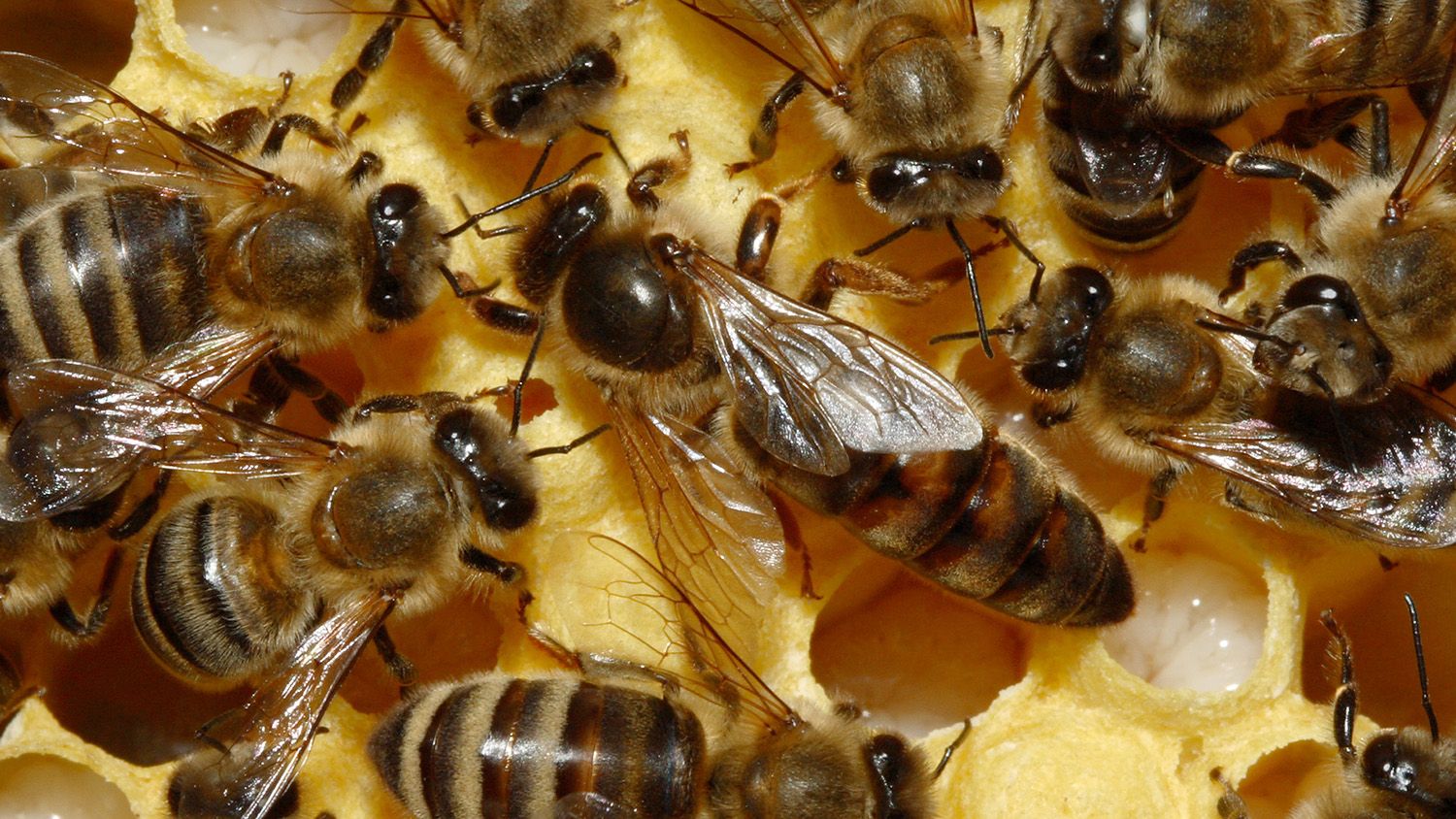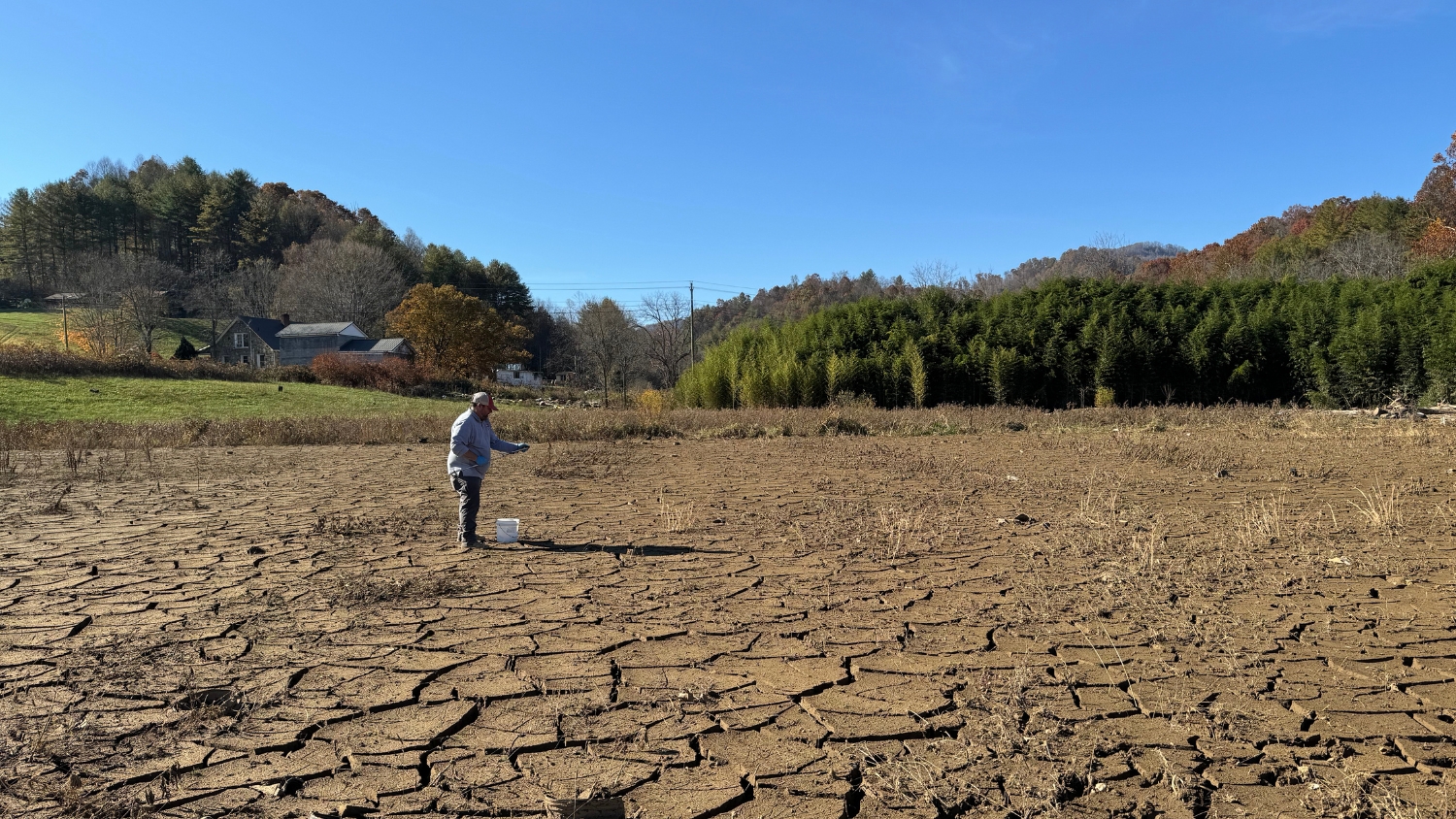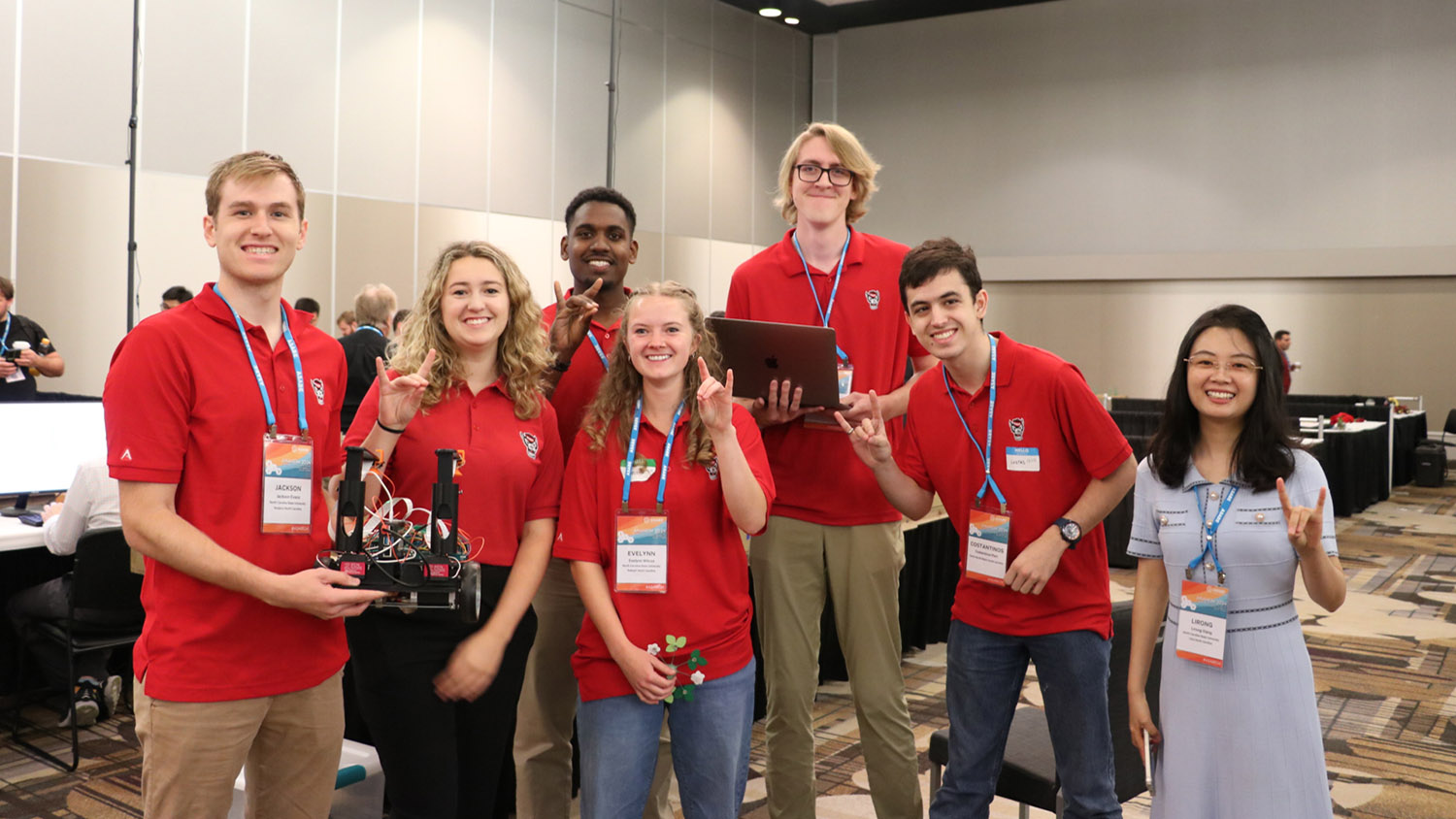Extension Clinic Helps Beekeepers Protect Their Colonies

As news continues to grow about problems faced by honey bees, NC State Extension is using the latest science to help beekeepers assess one of the most important factors in their colonies’ success — the health of their queens.
Dr. David Tarpy, a researcher and the state’s Extension apiculturist, set up North Carolina State University’s Queen & Disease Clinic a few years ago as part of a large, U.S. Department of Agriculture-funded project called the Bee Informed Partnership.
When beekeepers send their queens to the clinic, they get back grades on their health – A is best, of course, and F is worst. The keepers also can get research-based recommendations on what they might do to improve their colonies.
“A lot of our research at NC State involves the queens and honey bee genetics, and the clinic harnesses the power of this research,” said Tarpy, who works in NC State’s Department of Entomology and Plant Pathology. “Because there’s only one queen per colony, and she provides the only source of genetics, anything you can do to improve her will go a long way to improve the colony.”
Research-Based Analysis
The clinic uses some of the most advanced scientific tools and techniques available to measure factors that research shows are important to queen health, he explained. Beekeepers pay for the service, and they get back scores related to size, presence of diseases, the number of mates by the queen, and how much sperm she’s stored from those mates.

“The bigger they are, the better. The less disease they have, the better,” Tarpy said. “The more times they mate and the more sperm from their mates, the more eggs they can lay, the longer they’ll live, the better they are. We measure all these things in various ways and provide a composite score and then we break it down by each of these categories, as well.”
The information that the clinic provides is particularly important to large-scale apiculturists who produce queens for other beekeepers. “These are key nodes in the industry that are responsible for the genetic stock for tens of thousands of colonies,” Tarpy said. “If we can serve them, we can make a real impact overall.”
He hopes that smaller-scale queen breeders — he calls them “microbreeders” — will begin using the clinic, as well.
“Rather than producing tens of thousands of queens, the microbreeders produce maybe a few hundred or a few thousand a year. The demand for queens, though, is so much bigger than the supply, so there’s good reason to try to foster a local community of microbreeders,” Tarpy said.
Among those smaller-scale breeders is Rick Coor, of Spring Bank Bee Farm near Goldsboro. He said that as problems with parasitic mites such as the varroa mite have risen, so has the relevance of the Queen & Disease Clinic.
Because the clinic can screen for diseases and for the presence of mites, he said, it can provide clues as to which colonies provide the best genetic stock for disease resistance.
Coor is president of the state beekeepers association, which has grown dramatically from about 680 members in 2002 to 4,200 last year.
The Knowledgeable Authority
“Along with the North Carolina Department of Agriculture (and Consumer Services), NC State’s Apiculture Program is the knowledgeable authority, and their judgment is relied on for guidance by beekeepers from all walks of life,” he said.
In addition to the Queen & Disease Clinic, the Extension component of the Apiculture Program also offers online courses for novice and expert beekeepers. These courses are available through the Beekeeper Education & Engagement System, or BEES.
BEES and the Queen & Disease Clinic are important, Tarpy noted, because of what’s become increasingly widespread knowledge — honey bees and other insects pollinate around 35 percent of the world’s food crops. And many of those crops are what Tarpy called “the fun stuff, the healthy stuff”: the fruits, vegetables and nuts that contribute to a healthy diet.


